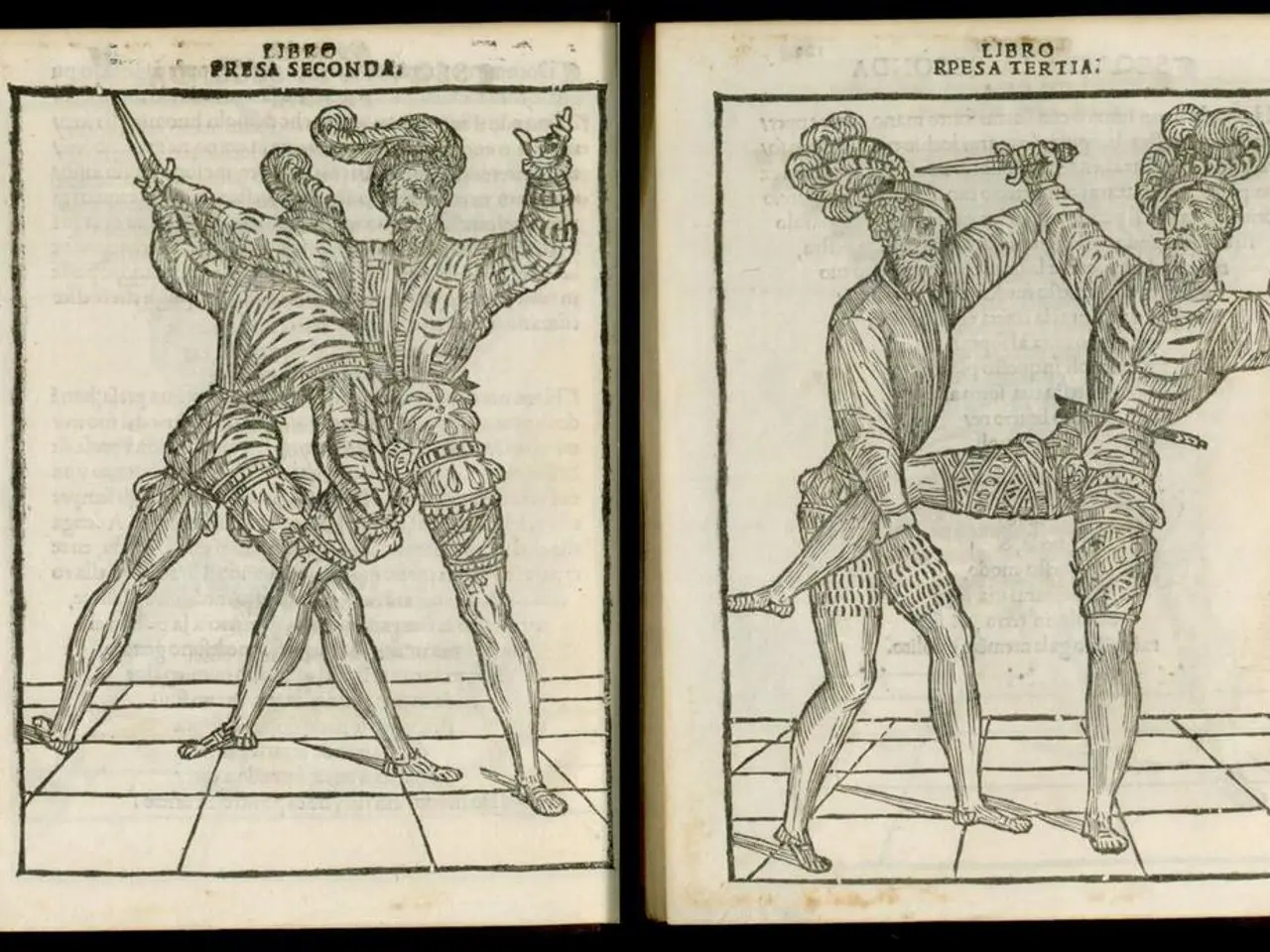Strategies for Organizing Extensive Texts in Microsoft Word
Formatting a Senior Thesis in Microsoft Word: A Comprehensive Guide
Writing a Senior Thesis is a time-consuming endeavour, often involving months of research and crafting a 75+ page paper. To ensure your thesis is professionally formatted, easily navigable, and compliant with typical university formatting guidelines, follow these steps:
1. Apply Heading Styles
Use Word's built-in styles (Heading 1, Heading 2, etc.) to mark chapter and section titles. This enables automatic generation of the Table of Contents and consistent formatting throughout the document.
2. Insert Section Breaks
Use Next Page section breaks (Layout > Breaks > Section Breaks) to separate chapters or parts when you need different headers, footers, or page numbering styles for each section. Section breaks allow independent formatting of headers, footers, and page numbering across sections.
3. Configure Headers and Footers
- Activate the header/footer area and uncheck "Link to Previous" after inserting section breaks to customize headers/footers per section.
- Insert page numbers using Insert > Page Number. Different formatting can be applied to preliminary pages (e.g., Roman numerals) versus the main text (Arabic numerals).
- Avoid page numbering on title or chapter title pages by configuring page number formats and suppressing numbering on those pages.
4. Pagination
- Preliminary pages (title page, abstract, TOC) usually use Roman numerals (i, ii, iii…) and main text uses Arabic numbers (1, 2, 3…).
- Ensure page numbering restarts correctly after section breaks by modifying page number format and starting number in each section’s header/footer settings.
5. Table of Contents (TOC)
- After applying heading styles, insert a TOC via References > Table of Contents. This TOC updates automatically when headings or page numbers change.
- Update the TOC regularly by right-clicking and selecting "Update Field".
6. Tables, Figures, and Captions
- Use Insert Caption feature to label tables and figures consistently.
- Use References > Insert Table of Figures to create lists of tables or figures that update dynamically.
7. General Tips
- Use Outline View to manage and adjust heading levels easily.
- Use "Keep with next" and "Page break before" paragraph settings for chapter headings to control pagination nicely.
- Regularly save and create backups due to the complexity of long documents.
By following these steps, your thesis will be formatted professionally, easily navigable, and in line with typical university formatting guidelines. Many universities provide specific PDF guides or templates—consult those to match institutional requirements precisely.
Please note that this article only covers formatting a thesis using Microsoft Word. Other tools such as LaTeX or Zotero may have different processes.
Emma Kaeser, the Social Sciences Correspondent for the publication, has compiled this guide to help those working on a thesis or junior paper format their documents efficiently.
- Integrating independent work in the form of a junior paper can be a valuable stepping stone towards a senior thesis, allowing students to develop their research and writing skills before embarking on a larger project.
- In the realm of education-and-self-development, the use of technology has revolutionized the way senior theses are written and formatted, with tools like Microsoft Word making complex tasks like formatting more manageable and efficient.
- To modernize the presentation of your senior thesis or even a junior paper, consider incorporating elements of your current lifestyle, such as infographics or multimedia elements, to make your work more accessible and engaging for the reader.




